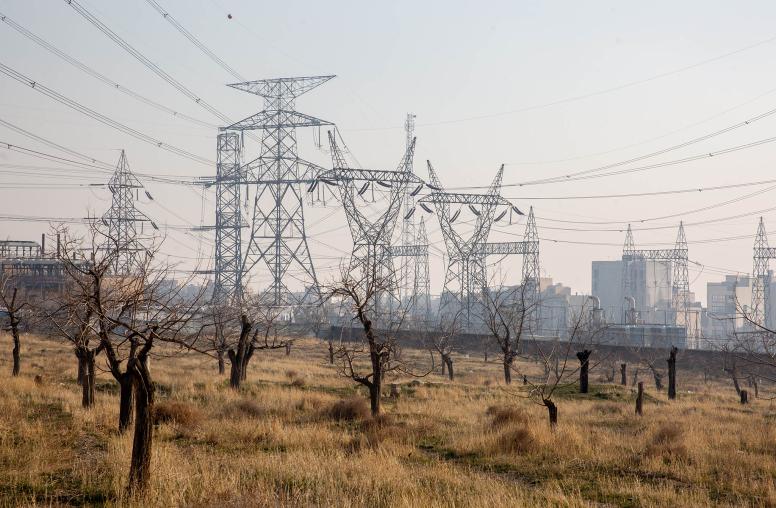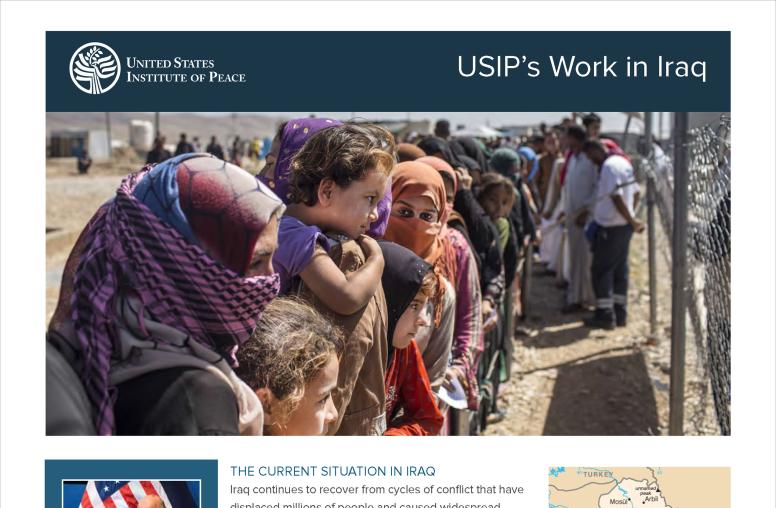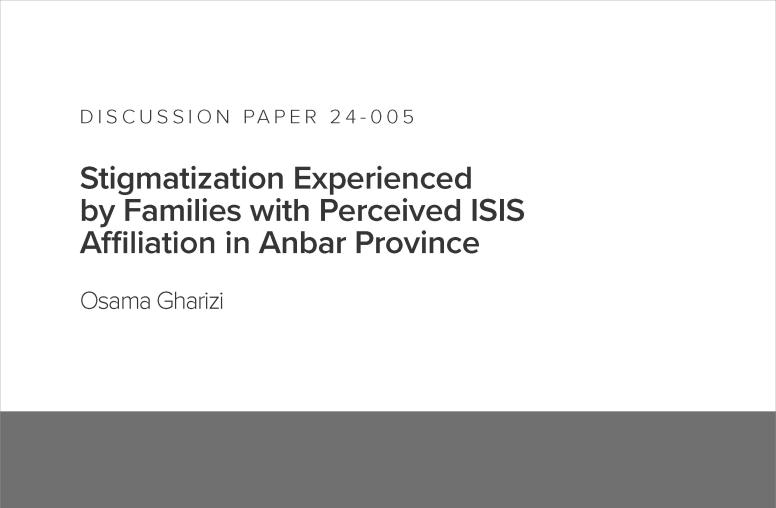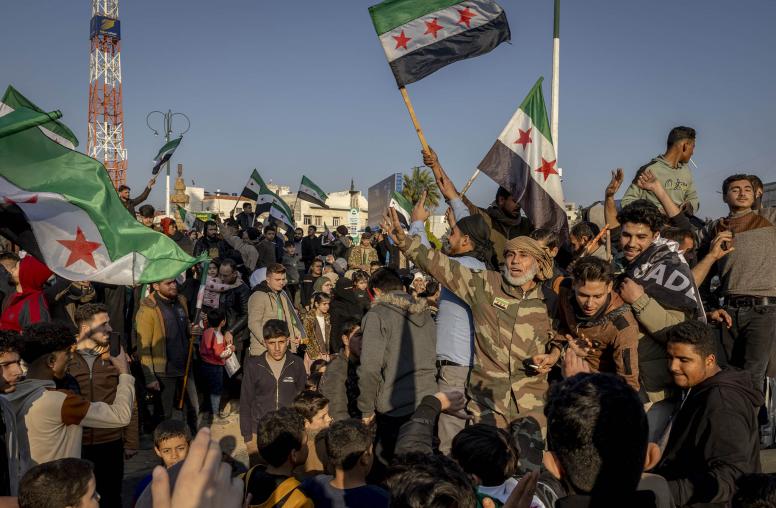Iraq’s grinding war to dislodge the Islamic State from its last Iraqi strongholds has obscured a simmering — and in some respects equally important — political battle in Baghdad. At stake is Iranian influence in Iraq and how it might be used by Tehran to counter any increased pressure from the new U.S. administration in Washington. The latest maneuvers involve murky motives, foreign influence and multiple leaders of divergent constituencies.

The moves start with former Prime Minister Nouri al-Maliki’s mostly quiet outreach to the leadership of Shiite political parties, in direct or indirect discussions seeking a common platform. Maliki was pressured not to seek a third term in 2014 by U.S. and world leaders who were concerned that he was exacerbating unrest among Iraq’s Sunni minority. He is now a heavyweight in the push to construct a political framework for the Popular Mobilization Forces (PMF) — a group of government-sanctioned, predominantly Shiite militias helping Iraq’s army in its campaign against ISIS.
There are two interpretations of Maliki’s actions. The first sees Maliki seeking to build a bloc in Parliament that would allow him to regain office as the sole significant voice of the Shia in Iraq. That would effectively eliminate three potential rivals for Shia leadership: the current prime minister, Haider al-Abadi; the cleric Ammar al-Hakim, leader of the Islamic Supreme Council of Iraq party; and the cleric Muqtada al-Sadr, an early, potent foe of the U.S. after the 2003 invasion. Proponents of this view believe Maliki is trying to marginalize the other leaders who are seen as somewhat more independent from Iran.
In the second interpretation, Maliki is spearheading an Iranian attempt to forge a useful and all-inclusive Shia coalition for overdue provincial elections. Its proponents see Maliki’s overtures to well-known rivals, and to Abadi through the Daawa party channels, as a sign all Shia leaders including Abadi and Maliki are disposed to reach some kind of agreement that will satisfy Iran and allow it to have stronger influence through a unified Shia bloc.
Historically, Iran has sought to provide enough support to keep multiple actors in play and reduce the possibility that Iraqi Shia would unify around a single leader and develop more independence from Iran’s influence.
Maliki’s comeback as a prospective head of a coalition of the increasingly political PMF may reflect Iran’s preparation for responding to the potential for increased U.S. pressure under the administration of President Donald Trump. From that position, Maliki could possibly engineer the end of Abadi’s government.
Abadi already faces mounting opposition in Parliament. If Maliki can ally with smaller Shia blocs, a vote of no-confidence could put Maliki, and a more Iran-friendly government, in office.
On the military level, the Iranian-supported PMF have expanded and strengthened enough to challenge the government and potentially the American-led coalition forces, probably through insurgency-style operations rather than direct confrontation.
While the details and precise tactics remain hard to discern, Iran’s strategic plan for Iraq right now appears clear: Create the option for a military and political confrontation with the U.S. if Tehran comes under any form of attack.



